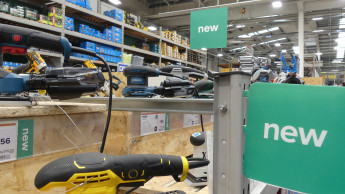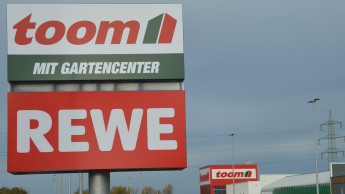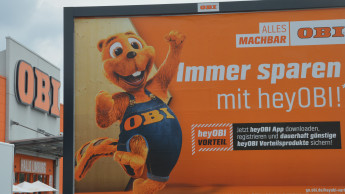

deep insights, facts & figures

How does brand management function beyond national boundaries? A discussion with Achim Franck, director international marketing and development consumer at Tesa
Companies operating on an international scale export not only their products but especially their brands. This means their brand management is confronted with new challenges: foreign languages, other cultural codes and different consumer habits can become barriers to expansion abroad. How strong is the Tesa brand in Germany and abroad? Achim Franck: Tesa is a brand that is represented in the DIY stores of nearly every country in Europe; it plays a leading role in Europe in terms of brands. The degree of classic brand awareness is more or less strongly developed by reason of Tesa’s history in the different countries. Brand awareness can be said to vary between 20 and 80 per cent in the target group in most of these countries. In Germany the Tesa brand is firmly anchored in the consumer’s mind as the byword for quality in adhesive tapes and enjoys around 98 per cent brand recognition. So the marketing boss still has quite some work to do in certain countries. That’s right. In eastern Europe, for example, it happens that we are often not so present in consumers’ minds – even if, at the same time, we are the market leader in the local DIY retail scene. Of course that is down to history: as a brand and as a company we have only a comparatively short tradition in the east European countries. We have been on the market there for no more than 15 or 20 years. And it is also because, when it is a question of instruments such as TV advertising, we pursue a very traditional brand build-up in the media that is carefully targeted by cost-benefit ratio and only in very selective markets. Here certain fundamental conditions must be present in the market: there must be a target group with enough purchasing power, as well as a sufficient availability of the products in the marketplace. Since DIY stores are not yet widely established as a channel of distribution in many east European countries, the amount of coverage wasted through TV advertising or suchlike would be disproportionately great. That’s why we are taking a more intelligent approach. We are proceeding through group-specific PR and, very intensely now, via online activities. However, we do rely very strongly on the POS. What does that mean in concrete terms? It is not only a question of having good packaging and a nice shelf display. Naturally the best ambassador for a brand is always a powerful product. But, apart from the product, the entire design of both range and POS offer is the key driver of brand…
Related articles
Read also

 Menü
Menü










 Newsletter
Newsletter